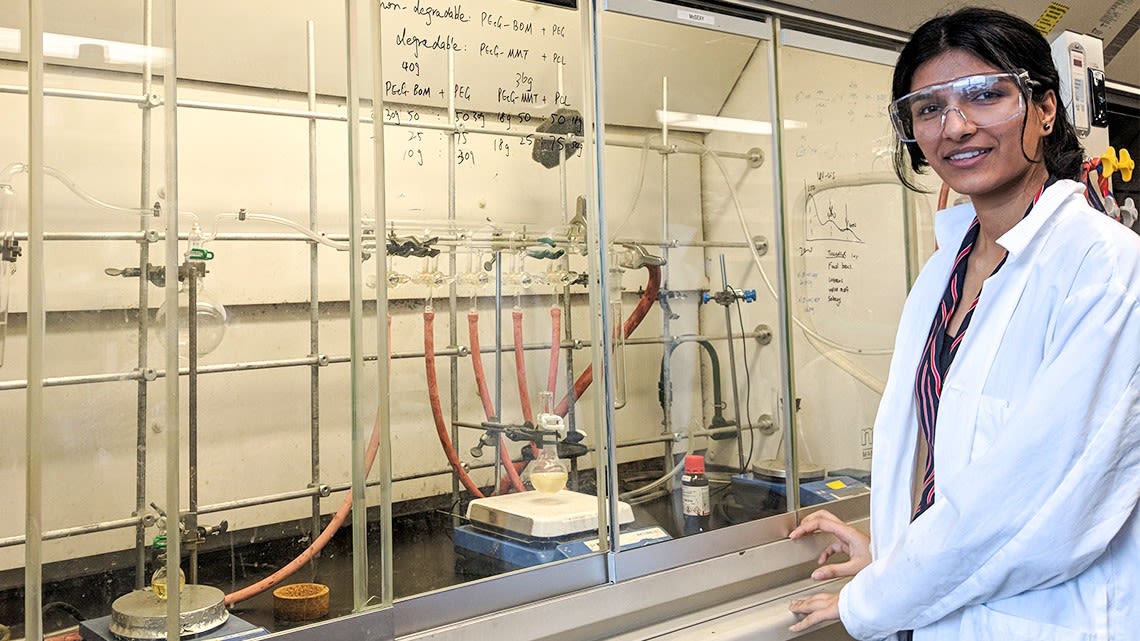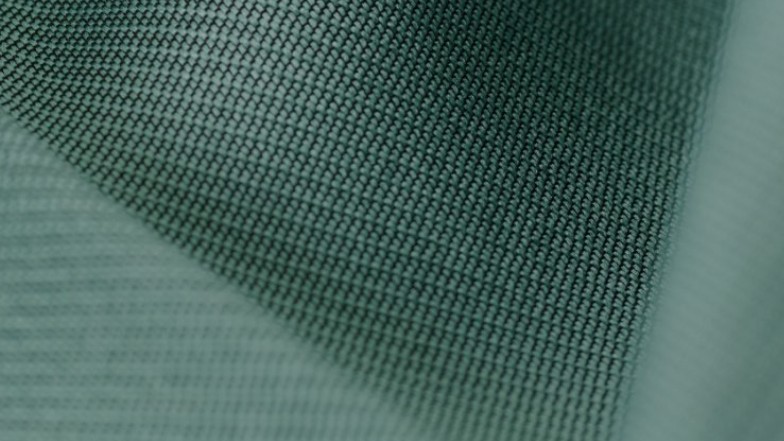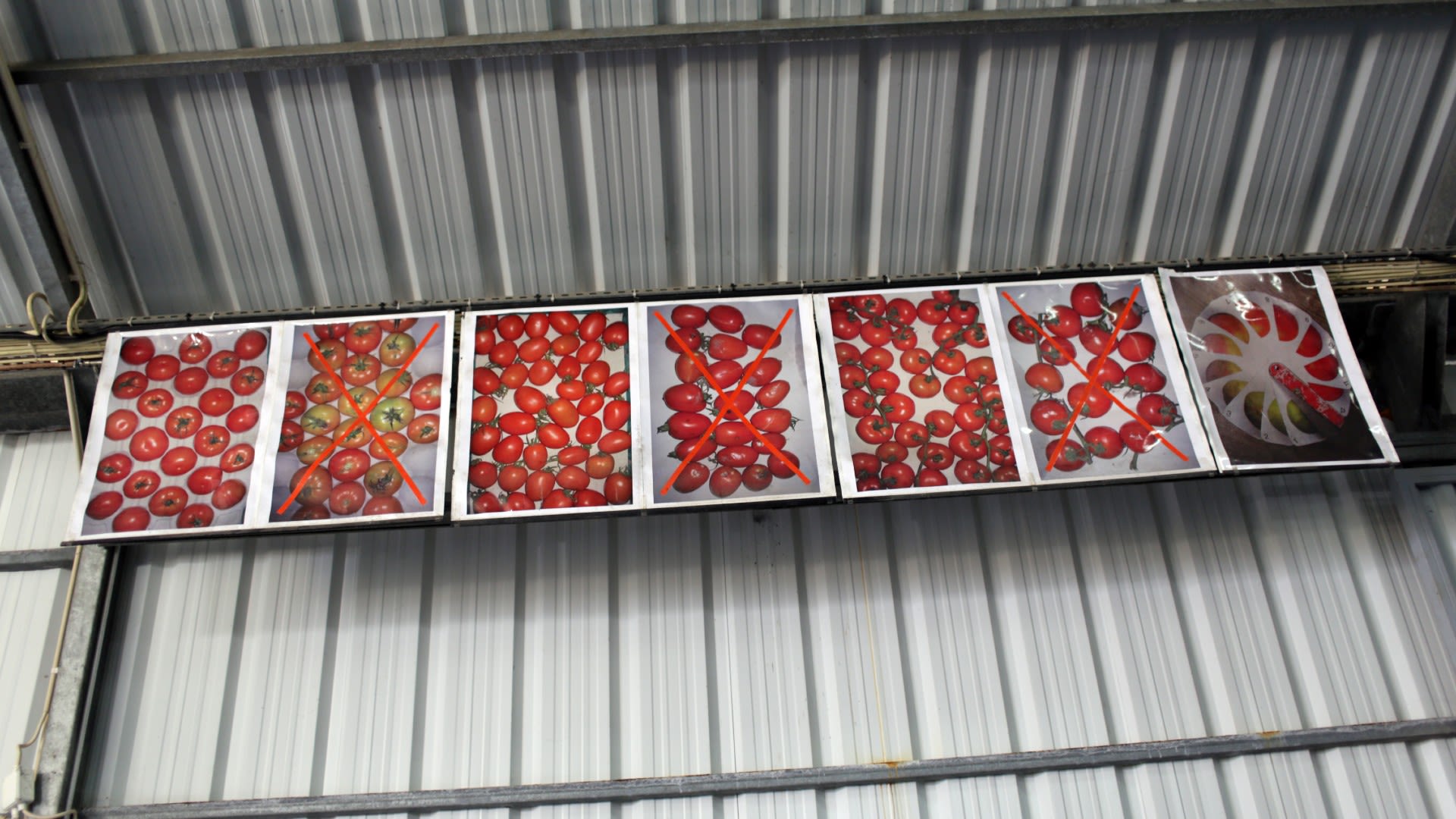Every year, Europeans throw away millions and millions of tonnes of food. And not just eggshells, tea bags, peel and bones: Two-thirds of our food waste is perfectly edible, some of which never even reaches our kitchens. All too often, we're too quick to ditch a wrinkly plum or a misshapen carrot simply because it's not aesthetically pleasing.
According to a new United Nations report, we are wasting almost a billion tonnes of food globally each year – that equates to 23 million fully loaded 40-tonne trucks, which if placed bumper to bumper would be enough to circle the Earth seven times.

Alt Tex co-founder Avneet Ghotra is helping make clothes from food waste. /Myra Arshad
Alt Tex co-founder Avneet Ghotra is helping make clothes from food waste. /Myra Arshad
Clothes from food scraps
The old saying has it that one person's trash is another person's treasure, so what grit can be transformed into pearls? We can start by nominating guilt-free clothes made from the by-products of food production.
As far-fetched as it may sound, heading to the office wearing a vegan leather jacket made from pineapple-leaf fibre or a dress crafted from a fabric sourced from banana skins might be just around the corner.
An increasing number of companies are recognizing the circular economy's potential, both environmentally and economically. Toronto-based start-up Alt Tex uses food waste – fruit, vegetables and wheat deemed unsafe for human or animal consumption – to produce an alternative to polyester.
"I've had a family background in the space and so I've always been really cognizant of the clothes we wear, what materials they're made of and where those materials end up," says Myra Arshad, CEO of Alt Tex, which she co-founded with Avneet Ghotra. "About two years ago, I decided to leave my corporate background in sales and marketing and try to disrupt this industry in some way or another.
We're diverting waste while also creating a fabric that's biodegradable.
- Alt Tex CEO Myra Arshad

Could we make clothes from food waste? /Engin Akyurt/Pexels
Could we make clothes from food waste? /Engin Akyurt/Pexels
"We just started experimenting around how we can use existing resources that are already in the world to create fabrics in a more circular way. We truly believe we're creating something that is the most sustainable fabric and superior to some of the things that have come before us."
Alt Tex has worked closely with the food and drink industry to collect and use waste – for which the industry is very happy to find a taker.
"We're tapping into a resource where we're almost hitting two birds with one stone – we're diverting waste while also creating a fabric that's biodegradable and can go back to the earth," says Arshad. "We don't use any toxic chemicals, so that no additives hinder the biodegradability of our fabric."
'Ugly' fruit to beauty products
And to go with the recycled fashion, how about continuing your beauty routine by applying food waste to your face?

Photos in a Portuguese warehouse show what tomatoes 'should' look like to be accepted by distributors. /Armando Franca/AP
Photos in a Portuguese warehouse show what tomatoes 'should' look like to be accepted by distributors. /Armando Franca/AP
Spanish designer Julia Roca Vera hopes that one day this actually might be a reality: She has produced a range of cosmetics from unwanted foodstuff and uses the "ugly fruit" that consumers have rejected, an aesthetics-based waste which one estimate puts as high as a third of all farm production.
For example, using just one rejected orange, Roca Vera produces soap, moisturiser and potpourri. All Roca Vera's products are also sold in reusable, ceramic containers to make them more sustainable, and her company is aptly named Lleig, which means "ugly" in Catalan.
These stories are part of the CGTN Europe Trash or Treasure special - a look at the challenges, innovations and solutions around Europe's waste disposal.

